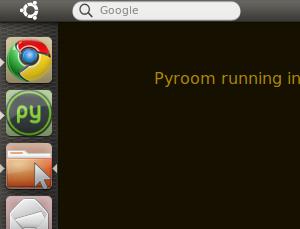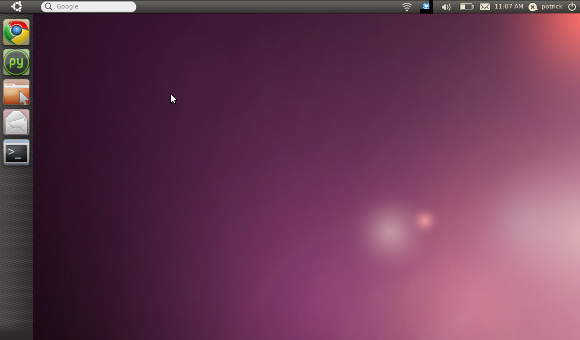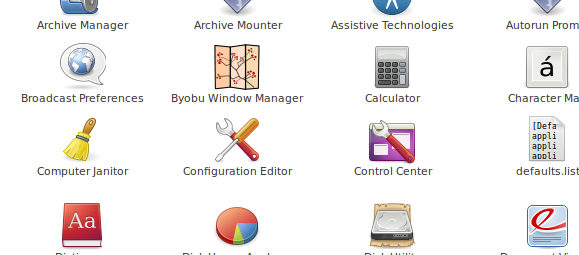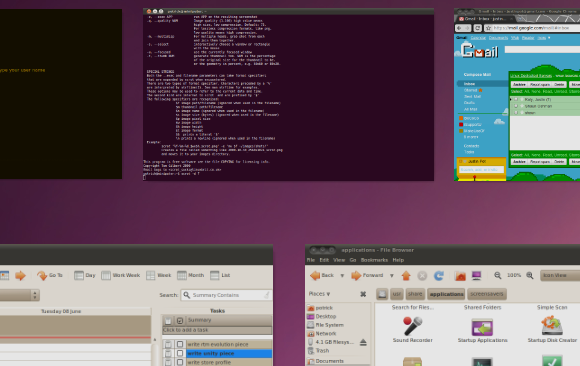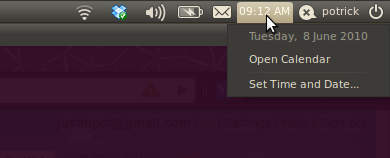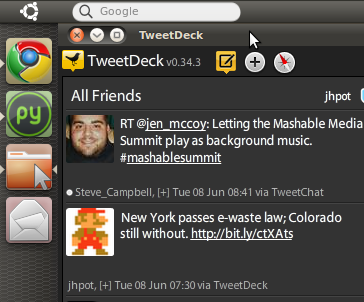<firstimage="https://www.makeuseof.com/wp-content/uploads/2010/06/unity-icon.png">
The team at Canonical is working hard to change the way people think of Ubuntu, and Unity is the latest effort on that front. Announced by Canonical last month, Unity is an alternative desktop intended for OEMs who want to offer an "instant web" supplement to Windows.
To this end the team's designed an environment that borrows pieces from Mac OSX and Windows 7 both, but also intends to bring forward the best of Ubuntu. Unity's not really done, but this being Ubuntu you're more than welcome to give this desktop for Ubuntu a spin.
If you've already got Ubuntu or Ubuntu Netbook Edition up and running then let's get started!
Installation
The first thing you'll need to do is add the Unity PPA to your Ubuntu. Open a Terminal (it's under "Accessories" in the menu.) Enter the following lines, one at a time, followed by the "Enter" key:
sudo add-apt-repository ppa:canonical-dx-team/une
sudo apt-get update
sudo apt-get upgrade
sudo apt-get install unity
This may take a while, and you'll have to follow a few prompts along the way, but when it's done you will have the Unity environment completely installed. It will not replace your current desktop, though some packages may be replaced. In fact, you can log into either Unity or your usual desktop at any time.
To log into Unity, just log out of your current session. Type your user name and you'll notice a "Session" option at the bottom of the screen. Select the Unity desktop and log in, and Unity will almost instantly open.
Look & Feel
As you can see, the Unity interface is really simple. A Windows-7-like bar dominates the left side of the screen, while on top is a bar with most of the standard panel things. Completely missing is an application menu of any kind; it seems Canonical is hoping to direct users toward a Mac-like "Applications" folder instead:
This folder contains links to every program installed on the computer. Dragging these icons to the dock doesn't currently work, but you can run them and then right-click their icons in the dock to permanently add them to the dock. This is, as of this time, the only way to add icons to the dock.
As for the Ubuntu icon in the top-left corner? It is not an application menu, even though this is what Ubuntu users are trained to expect. Instead it shows all currently open windows, in a manner similar to Expose on Macs.
Like I said, some ideas are borrowed from OSX and some are borrowed from Windows 7. What's new? Well, the Google bar in the top-right for one. This is a pretty simplistic tool; all it does is launch a Google search in your default toolbar.
You'll also find the standard Ubuntu notification menus on the right-side of the bar, including the one that integrates all your inboxes. Notably, the clock's been replaced with a simpler interface:
These notifications menus are here but the bar is not a Gnome panel. In fact, if you're a Ubuntu geek like me, you'll quickly notice that the "Ctl F2" shortcut to bring up the "Run" dialogue doesn't work. Gnome Panel's simply not a part of this setup.
This being a desktop environment still in development, there are a few bugs. Some applications don't show up properly in the dock, including The Gimp and anything related to Adobe Air:
Take note that there's no icon in the tray for TweetDeck. As mentioned previously, trying to drag an icon to the dock won't add it; instead, it will crash the system.
I also feel that adding a dock to the left side of the screen takes up a lot of room, and as such makes my netbook feel even smaller than it already is. Perhaps at some point in the future we'll be able decrease the dock's size, or allow it to auto-hide.
Conclusion
Unity's an interesting idea, but it's very much a work in project. You yourself may love using it - it's relatively stable - but I myself can't yet think of a use for it.
I'm hoping at some point this desktop for Ubuntu will be the light-weight addition to Ubuntu I've been waiting for. In my work with Boulder Community Computers I'm always looking for ways to use Ubuntu to bring new life to old computers, but it seems Unity is not yet the solution I'm looking for.
What do you guys think? Do you like how Unity makes the Ubuntu Desktop feel, or is it too Mac-like for your tastes? Are you excited about what it might become, or do you think it's perfectly usable now? Let us know in the comments below.
Do you have alternative ideas for using Ubuntu to bring new life to old computers? I'd appreciate it if you let me know about that too, either here or over at the Boulder Community Computers blog.

